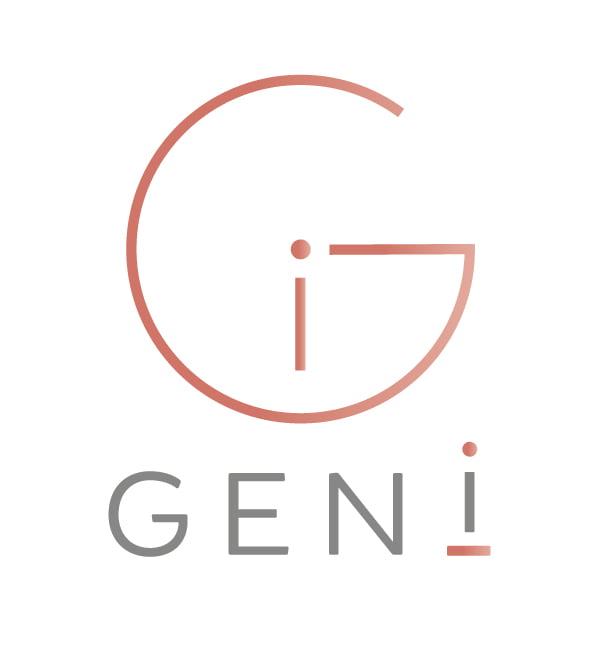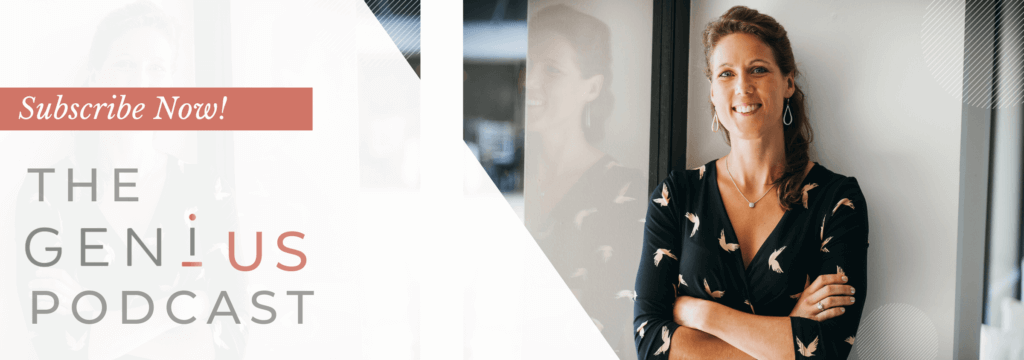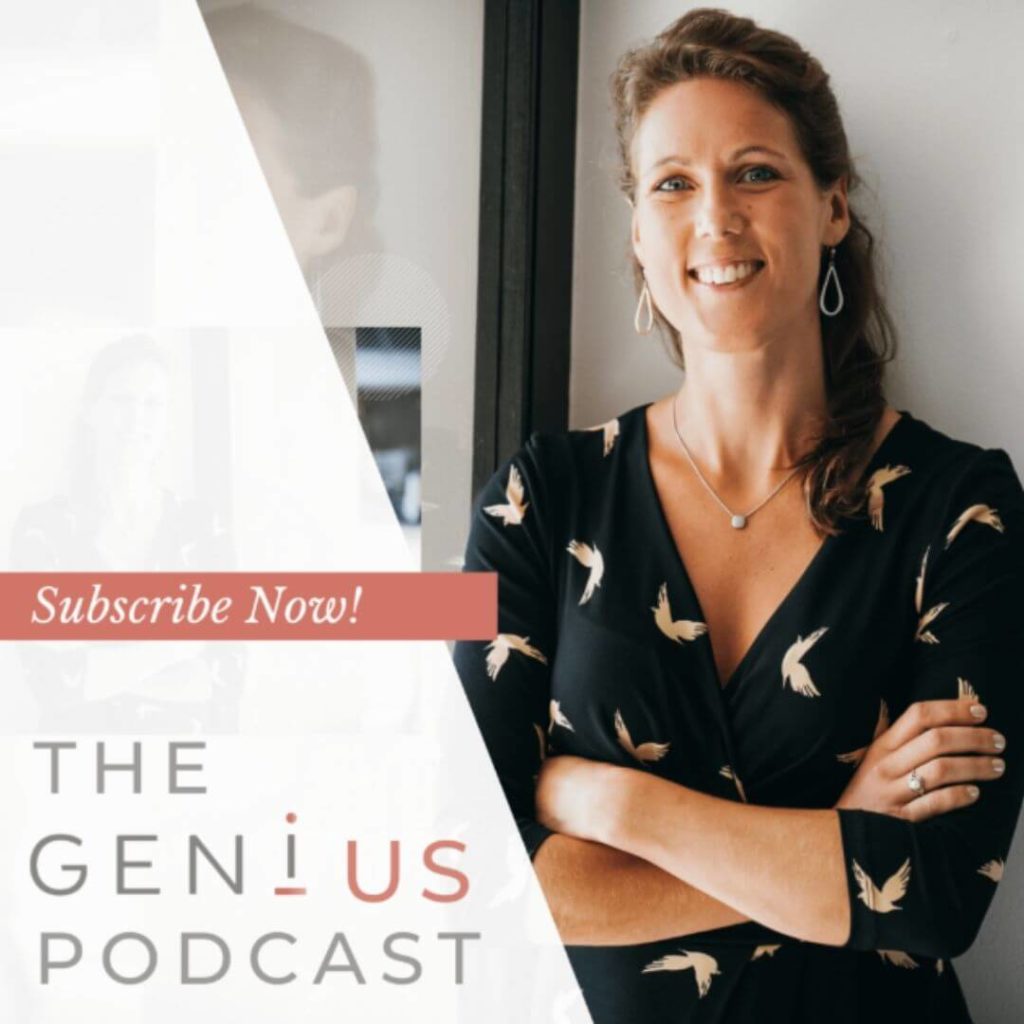Successful Creative Problem Solving Comes Only through One Thing.
The inspiration for this article on creative problem solving came to me whilst I was walking my dog.
In the time I allot each week for my research, I’d re-watched a TED Talk by Adam Grant on procrastination. He’d presented some research that found that both those who procrastinate until the last minute and those that do a task straightaway are much less creative than what he calls the ‘moderate procrastinators’.
These are those that don’t immediately get onto a task, but let it brew in the background – intentionally or not. You actually see a nice bell curve in creativity on the axis between the extremes of hyper-procrastinator and immediate performer. The person that is good at creative problem solving is right in the middle.
This got me thinking and analysing my own creativity and problem-solving. And, as I do every day, I put my jacket on, put my dog on a lead, and – as I am lucky enough to live in the Lake District – went into the wood by my house for a walk.
Efficiency.
These days, the business world is all a little obsessed with efficiency. We want to see results. We want everything we do to contribute to x or y project, or take us a tangible step closer to x or y goal. And we value our days by how productive they are, every minute we filled, rather than by the quality of the output we created.
But, as we’ve discussed before in my article on stress-free productivity, we have a little more on our plate these days in terms of distraction too. The sheer amount of input our brains have to deal with is huge. Social Media, email, texts, phone calls and bosses, colleagues all distract our brains from the task at hand.
Meanwhile, our culture seems to apotheosise, above all, the super-efficient Boss Badass, to give this figure a name. He or she gets up at 5am, goes for a run and does fifty press ups before breakfast. He reads a book and a half over his coffee. And he starts a twelve-hour work day in which every minute is scheduled, every decision is right on, every task completed with a clinical precision and efficiency, and projects and ideas considered with flares of creative genius.
Whilst, yes, I exaggerate, I don’t think I do so much. This is what people often believe successful CEOs to be – and what they believe they themselves should be achieving. Any rest or ’empty space’ is misconceived as laziness.
But, whilst I too have found many ‘life hacks’ and productivity exercises to be incredibly helpful in increasing my efficiency, I haven’t attempted to completely fill my day with more.
The aim of productivity is to do more in less time – and to give me more freedom for myself.
The Need for Space.
In a culture dominated by this mindset of efficiency, it’s no wonder that we find in some areas a natural drift toward its opposite. Meditation has become seriously in vogue, alongside similar trends like yoga and mindfulness. I wonder whether this is a response to a cultural emphasis on productivity, as if people are seeking an antidote to the demands of endless work and efficiency.
I’ve found, rather, that the secrets to solving problems well – the secrets to creativity – lie in creating the space in your schedule to think!
People need to clear tasks and create downtime to have any chance of being creative. As Grant’s results say, we need that moment of ‘procrastination’ to allow for creativity. If you gave an artist a deadline to create a masterpiece, would it be a masterpiece?
Creative Space.
Just as we expect artists and musicians to have time and space for reflection and creative thinking, business people need it too. David Allen refers to it as ‘creative mess’, a time allowed between beginning a task and completing it. Sometimes this can be spread over a number of days or months! We have to process an awful lot of data, subtle interpersonal cues, and all the details of a project; we need to digest this properly and churn it around in our head, before we can know the right thing to do.
This simply isn’t possible in the moment. In a world of one hour meetings, where you have to leave with clear objectives – does this allow for this ‘creative churning’ on a problem to ensure you reach the best outcome? I don’t think so. What if meetings on a problem were spread over three days with the decision due at the end of the third day. Do you think the outcome would be better?
If you are working at all hours, your mind doesn’t have the bandwidth to be creative. Equally, if you have a deadline, it is the process of creative problem solving that suffers. I think the focus is on completing the task rather than, more importantly, creating the best outcome from the work.
Outcome.
I personally prefer to focus on outcome and creating the environment for that outcome to be the best I can create.
Part of this commitment is creating space, which involves planning. Planning to be productive to ‘clear my head’ of other things before working on a particular piece of work. Creating ‘head space’. Also being reasonable in planning my deadlines to allow periods of focused work, then time when I can process or ‘creatively churn’ between these tasks. Like a run or a walk with the dog! Also ensuring I rest enough, eat well, am hydrated etc – all to optimise the way my mind works on problems.
In Defence of Boredom.
We have discussed before that the way you think and behave depends upon your physiology. If your body is tired, then there is no way that your mind will be on its a-game. And if you are working flat-out in the pursuit of efficiency, of course your body will be tired.
I want here to say something that is something of a heresy in the business world.
It’s okay to not be working sometimes. It is okay to take some hours off. It’s okay – in fact, positively good – to be bored.
Attendees of my retreat in March told me that the downtime, the space for reflection, provided, ironically, a really productive time for them because they just stopped and stepped away from work and emails for a few days.
Whilst we are not actively focused on a task, when we are doing nothing, our brains are still active on the problem to be solved. Whilst we sleep, we are thinking too – hence the expression ‘sleep on it’. Ever felt a solution has come to you after a good night’s sleep? That’s because you are still engaged in creative problem solving even after you turn off the light.
Downtime is the great engine of creativity, and by working every minute of everyday we our sabotaging our ability to problem-solve. Leave your brain alone for a while and see what it can do!
Working Through Problems: the HOW.
The brain simply works better if it is not under huge amounts of stress, when it is not under the pressure of ‘results, results, results.’ Your mind needs to wander, it needs time to assimilate – without constant conscious attention – the problems that you are engaging with. And this downtime comes hand in hand with the other aspects of well-being – sleep, nutrition, exercise – that I teach.
Peace and Quiet.
The first step in letting your creativity bloom is simply to stop thinking about results or deadlines. Think of the artist again, standing in front of a canvas saying ‘Ahhh I need to have a painting by Tuesday!!” Are they going to produce their best work? No!
Seek a bit of peace and quietness instead, and, for a time, do what you love. If your body tells you that you need rest, listen.
Whilst any time not sat at a laptop can feel like wasted time, this is a mindset that needs to be changed. Creativity does not come through forcing it; it comes with space to observe and explore.
So, if you are working a ten-hour day, block out some hours in your week not to formally ‘work’. Take a walk, make a nice meal or enjoy a hobby. Again, your brain will still be going in the background – but it will give your body and mind the mental space you need to refocus and be creative!
Creative Problem Solving: A Method.
The way that I have learned to engage with problems comes through giving myself precisely this space. But, being an organised type, I have it in the schedule at the start of the week!
If I have a particular task to work on that involves creativity, I use the following workflow:
It begins with what I call activation work. I read over everything I need to know: I bring out all the information, all the data, and pore over all the details. I make sure I am as informed as possible about the problem at hand and that I am clear on the objective.
And then, as I did above, I put my jacket on, put my dog on a lead, and go into the woods by my house for a walk/run. Whilst I am out, getting some exercise, enjoying time with the dog, getting some fresh air, I think through all the things I have just read and begin figuring out the task. Sooner or later, I come up with an outcome I am really happy with.
Then, having come up with the solution, I have my next batch of time scheduled for later in the day or the next, to complete the task. Given I have done all the thinking on it previously, it takes me no time to get it done!
Now that’s efficient use of time – with the best outcome achieved! The definition of productivity!





